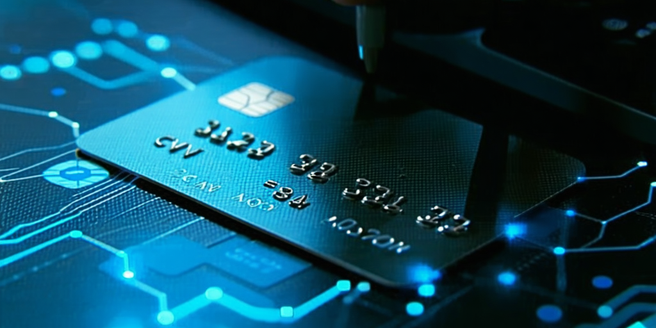Understanding Credit Card Fraud
Credit card fraud involves unauthorized use of a credit card to make purchases or withdraw funds. This type of fraud can occur through various means, such as phishing scams, data breaches, and card skimming. Criminals often target sensitive information like card numbers, expiration dates, and CVV codes. Understanding how fraudsters operate is key to protecting oneself from potential threats. For individuals, it is essential to regularly monitor bank statements for any suspicious activity and report any unauthorized transactions immediately. Financial institutions and credit companies also play a critical role by employing advanced security measures, such as encryption and tokenization, to safeguard transactions. Being informed and vigilant can help minimize the risks associated with credit card fraud. Knowing the methods used by fraudsters can prevent loss and ensure financial security.
How Credit Card Fraud Alerts Work
Credit card fraud alerts are notifications sent to cardholders to warn them of potential unauthorized activity on their accounts. These alerts can be triggered by unusual spending patterns or transactions made in locations far from the cardholder’s usual area. Once an alert is generated, the cardholder is typically contacted via email, text message, or phone call to verify the legitimacy of the transaction. Prompt response to these alerts is crucial as it allows banks to take immediate action, such as freezing the account, to prevent further unauthorized use. Enabling fraud alerts is a proactive step that helps both cardholders and financial institutions detect and mitigate potential fraud attempts quickly. Understanding the nuances of how these alerts function can empower users to make informed decisions in managing their card security.
Types of Fraud Alerts and Their Benefits
There are several types of fraud alerts that consumers can set up to protect themselves against credit card fraud. Initial fraud alerts are usually placed on credit reports for at least 90 days and are useful for someone who suspects they may become a victim of fraud. Extended fraud alerts are available for up to seven years for confirmed victims. Active duty alerts are specifically designed for military personnel deployed overseas. Each type plays a significant role in hindering unauthorized access to one’s credit profile by notifying lenders to take extra steps in verifying identities. The benefits of fraud alerts include increased security and peace of mind, knowing that proactive measures are in place to detect and deter fraudulent activities before they escalate.
Setting Up Fraud Alerts With Your Bank
Setting up fraud alerts with your bank is an essential step in safeguarding your credit card from unauthorized use. Most banks and credit card providers offer this service for free and allow customers to customize their alert preferences. To initiate, cardholders typically need to log in to their online banking portal or mobile app and navigate to the security settings. Here, they can set specific triggers for alerts, such as monetary thresholds, geographic usage, or transaction types that require immediate notification. In addition, setting up real-time alerts can help cardholders stay on top of their spending habits and catch any fraudulent activity quickly. By taking these proactive measures, individuals can significantly reduce their risk of credit card fraud.
Responding to a Fraud Alert Effectively
Receiving a fraud alert requires immediate action to protect your financial wellbeing. First, verify the legitimacy of the alert by reviewing your account activity, either through your bank’s website or mobile app. If you confirm fraudulent transactions, contact your bank or credit card issuer immediately to report the unauthorized charges. Prompt reporting is crucial as it allows banks to block further transactions and issue a replacement card. Keep records of your communications with the bank, including dates, times, and the names of representatives you speak with. Additionally, consider placing a temporary freeze on your credit report to prevent new accounts from being opened in your name. Taking these steps will help ensure that you effectively address the alert and safeguard your financial assets.
Staying Protected: Tips to Prevent Credit Card Fraud
Preventing credit card fraud is an ongoing effort that requires diligence and proactive measures. One fundamental tip is to regularly review your account statements and credit reports for any unusual activity. Opt for digital card management options that include transaction alerts and the ability to freeze accounts quickly. Shred any documents containing sensitive information before disposal and avoid sharing card details over unsecured websites or public Wi-Fi networks. Use complex passwords for online banking and consider enabling two-factor authentication for an extra layer of security. Additionally, educate yourself about common scams and phishing tactics to avoid falling victim to them. By staying vigilant and taking preventative action, you can significantly reduce the likelihood of credit card fraud.


